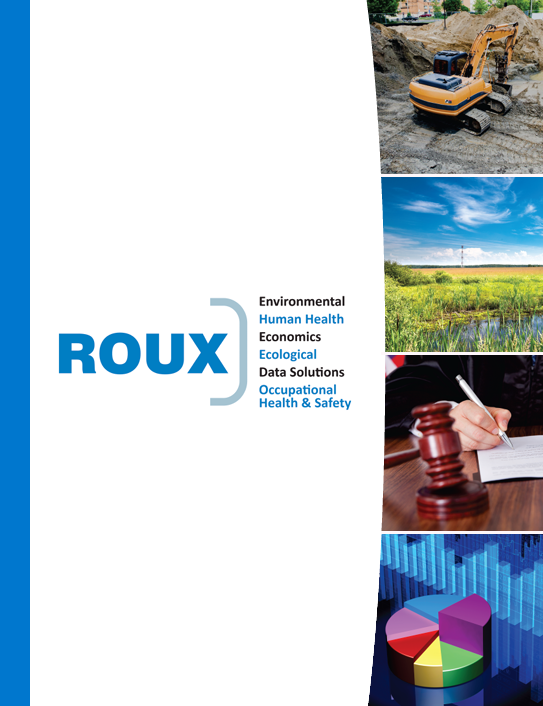Major Wetlands Regulation Change – Does your Site Fall Under NYSDEC Jurisdiction?
As recently discussed in our latest Roux complimentary webinar with Sive, Paget & Riesel, New York State made its first major update to the Freshwater Wetlands Act (Article 24) since 1975. This historic change significantly expands the New York State Department of Environmental Conservation (NYSDEC)’s regulatory reach. These changes have major implications for developers statewide, especially in urban and flood-prone areas.
Previously, NYSDEC jurisdiction only applied to freshwater wetlands greater than 12.4 acres or those officially mapped by the NYSDEC. Now, the updated regulations expand NYSDEC’s jurisdiction to include smaller wetlands of “Unusual Importance” (UI) if they meet any of the following criteria:
- Located within a watershed experiencing significant flooding.
- Situated within or adjacent to an urban area, as defined by the US Census Bureau.
- Contains rare or endangered plant species.
- Provides critical habitat for essential behaviors of endangered, threatened, or special concern species, or species of greatest conservation need (SGCN).
- Classified as a Class I wetland, indicating the highest ecological value.
- Previously mapped and classified as a wetland of unusual local importance.
- Identified as a vernal pool that supports productive amphibian breeding.
- Located within a FEMA-designated floodway, highlighting its importance in flood mitigation.
- Previously mapped by the department on or before December 31, 2024.
- Holds local or regional ecological significance.
- Plays a significant role in protecting the state’s water quality.
Additionally, by 2028, the threshold for a “large wetland” will shrink from 12.4 acres to 7.4 acres, thereby further increasing the number of wetlands subject to regulation, even if they do not meet one of the 11 UI criteria listed above.
What does this mean for developers?
The previous NYSDEC wetland maps are now used only anecdotally; regulatory jurisdiction is no longer limited to these maps. With this expanded jurisdiction, many previously unregulated wetlands—especially those in urban areas like New York City, Long Island, Westchester, Albany, Buffalo, Syracuse, Rochester, Utica, Schenectady, and Binghamton—may now require NYSDEC approval. If your site contains a wetland, NYSDEC regulations could impact certain development activities, including but not limited to, new construction, filling, grading, draining, tree removal, and expansions of existing built features. Additionally, regulated activities may extend beyond the wetland itself into a 100- to 800-foot buffer zone, known as the Adjacent Area. Understanding whether your site falls under these new regulations is critical for planning and permitting.
How can you determine if your site has a wetland?
To be classified as a wetland, an area must support wetland vegetation, contain hydric soil, and have wetland hydrology. A Roux professional can evaluate your site and determine if wetland regulatory considerations may need to be evaluated for your development. Roux can provide:
- Wetland Delineations
- Threatened and Endangered Species Surveys
- Tree Surveys
- Parcel and Project Jurisdictional Determinations
- Permitting Support
Please contact our team today to discuss your project and ensure compliance with the new regulations.
